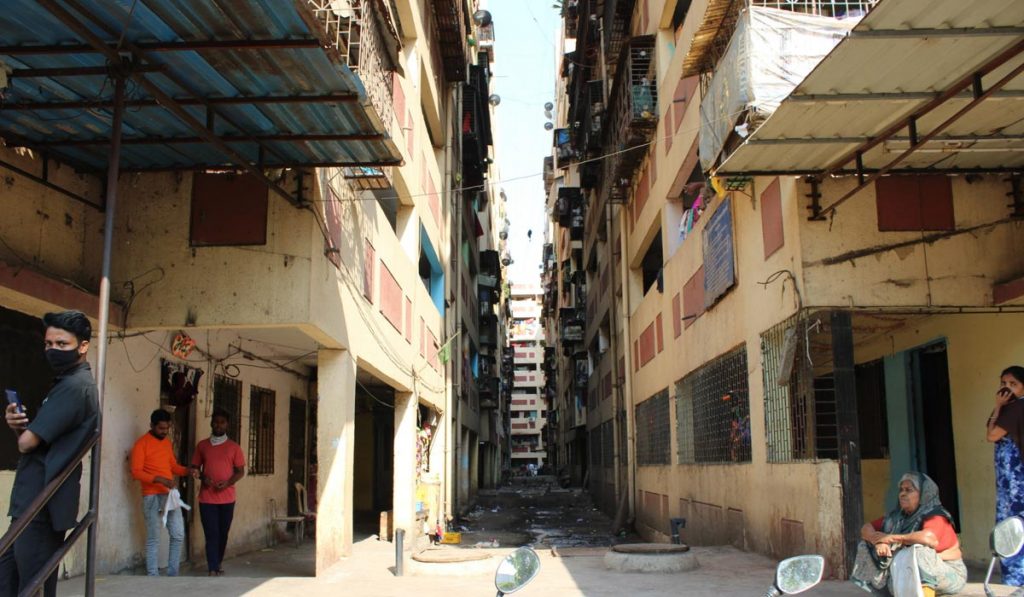
This talk relies on a longitudinal ethnography following 50 families over a period of 6 years to uncover what becomes of the rehabilitated poor.
Author
Kaveri Haritas, Associate Professor, Jindal School of Government & Public Policy, O.P. Jindal Global University, Sonipat, Haryana.
Summary
Rehabilitation housing first began to be provided in the 60s and 70s in India. The Turkman Gate demolitions during the emergency and the exchanges of housing for sterilisation certificates marked the first set of exchanges between the state and the urban poor (Tarlo, 2001).
Even as the judiciary consistently refused to recognise the rights of the urban poor to housing as a fundamental right, rehabilitation housing has found its way into local slum laws and municipal legislations, becoming over time integral to enabling evictions of the urban poor.
Desirous of ‘legal housing’ and an escape from vulnerability to forced evictions, the urban poor are now quick to accept rehabilitation housing, prodded by mediators of various sorts. But what happens once they are ‘rehabilitated’?
Do they achieve their dreams of legality? Do they finally escape their status as ‘illegal citizens’ and become full citizens? This talk relies on a longitudinal ethnography following 50 families over a period of 6 years in one of Bangalore’s largest rehabilitation areas, to uncover what becomes of the rehabilitated poor.
Published by: Centre for Policy Research and Centre for Human Sciences
To listen to the full talk, please click here


